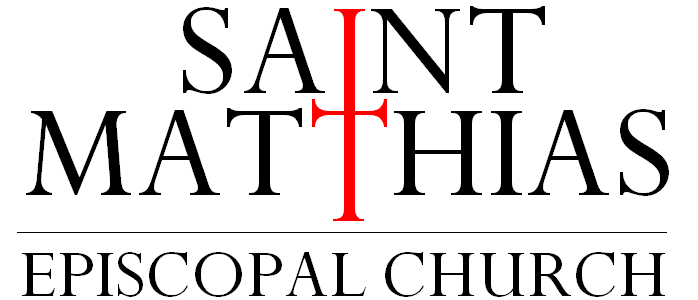Our History
6. Changes in worship, democratization, and equitability: 1979 to 1995
It is difficult to remember a time when the parish community was not open to all sorts and conditions of people — our ministry is inclusive regardless of race, gender, national origin, age or sexual orientation. However, during the Reverend Howe's tenure, important changes in the Episcopal Church and in the national consciousness itself led to new developments in the structure and content of our services, and greater opportunities for parishioners at Saint Matthias.
In 1979, the governing body of the Episcopal Church, the General Convention, adopted a new prayer book that brought significant changes to the ways we worship. By 1995 and in light of the new prayer book, the restoration of the Saint Matthias sanctuary brought the altar table closer to the congregation and placed the new organ at the east end of the church — physical changes which in some ways reflected an increasing democratization and equitability at Saint Matthias.
The 1980s especially was a decade that witnessed the development of a more expansive role for women in the Episcopal Church, and Saint Matthias was no exception. In 1974, Nelle Hughes had become the first woman to serve as a Eucharistic Minister and administer the chalice during Sunday morning services. Similarly, Shirley Rose joined the parish staff in 1979 as our Director of Religious Education, and in January 1988, she was ordained to the priesthood. The Reverend Canon Shirley Rose was the first woman to serve Saint Matthias as an assistant and then associate rector.
This period also saw increasing service opportunities for the laity. In 1988 three parishioners introduced the catechumenate process to the parish community and, under their direction and leadership, raised our theology of baptism and the implication of the ministry that follows. The living out of our baptismal vows was given additional meaning in 1991 when several other parishioners took the lead in introducing Stephen Ministry to the parish community. These parishioners developed a training process to equip and empower lay ministers to provide high-quality, confidential, Christ-centered care to fellow congregants who are hurting. And the role of the laity was expanded further in 1995 when the parish formed a group of lay preachers was developed, a tradition that, as with the catechumenate process and our Stephen Ministry, continues today.
